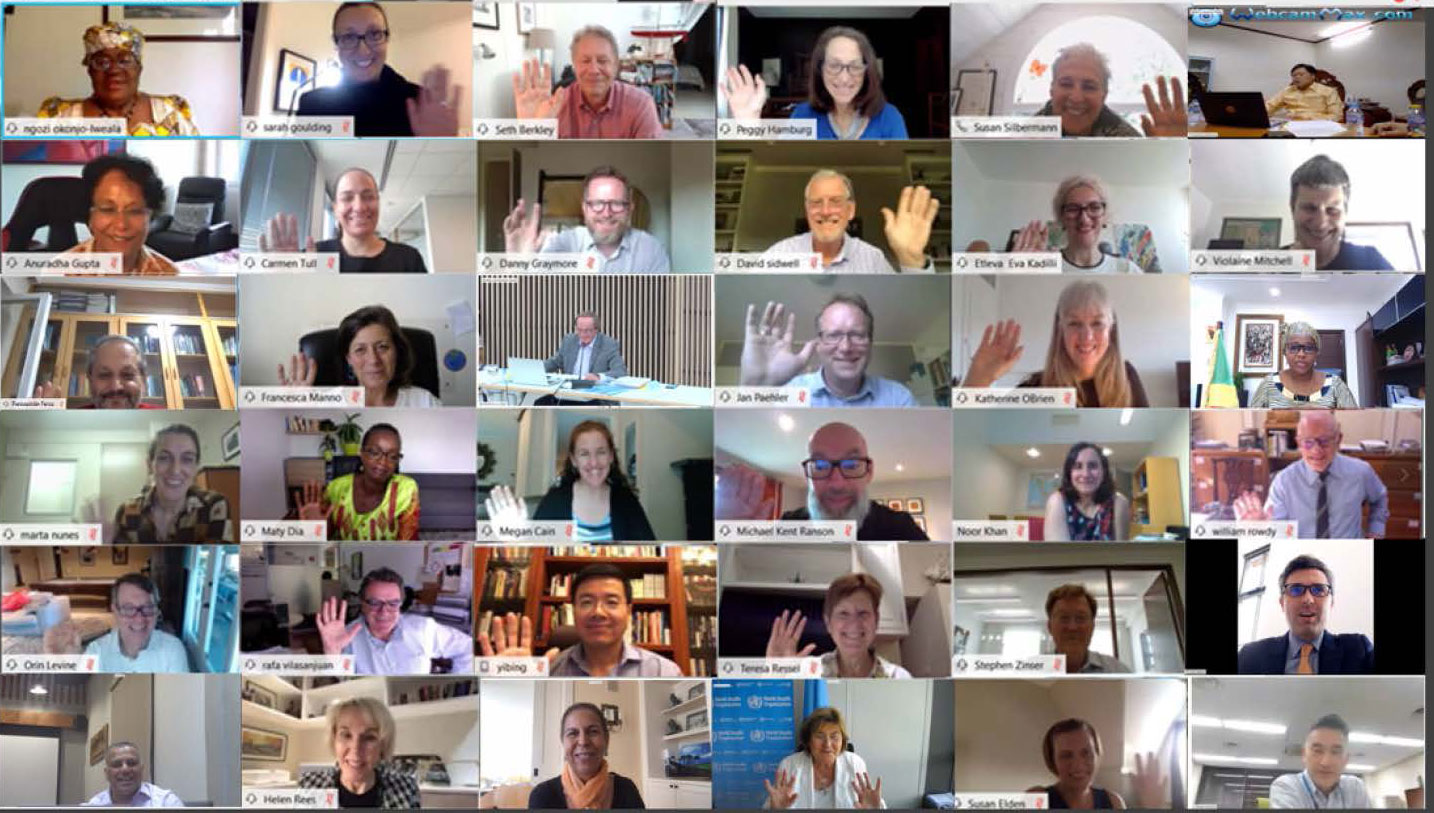07 Annex B Revised Gender Policy pdf
Report to the Board
Board -2020 -Mtg -3-Doc 07-Annex B
Annex B: Revised Gender Policy
DOCUMENT ADMINISTRATION
VERSION
NUMBER APPROVAL PROCESS DATE
3.0 Reviewed by: Programme and Policy
Committee
2.0 ? 10 October 2013
3.0 ? 26 May 2020
Approved by: Gavi Alliance Board
1.0 ? 26 June 2008
Effective from 1 July 2008
2.0 ? 21 November 2013
Effective from 1 January 2014
3.0 ? 24 June 2020
Effective from: 1 July 2020
Next review: At the request of the Board
Gavi , the Vaccine Alliance
Gender Policy
Version 3.
Report to the Board
Board -2020 -Mtg -3-Doc 07-Annex B
2
Definitions
o Zero -dose children are those who have not receive d any routine vaccine. For
operational purposes, Gavi measures zero -dose children as those who have not
received their first dose of diphtheria -tetanus -pertussis containing vaccine (DTP1).
o Under immunised individuals include children, adolescents and adults that are
missing their full course of vaccination.
o Caregiver is a person who regularly or intermittently cares for an infant or child.
Examples include mothers, fathers, grandparents and siblings .
o Sex refers to the biological characteristics that define humans as female, male or
intersex and is typically assigned at birth.
o Gender is about the roles, norms and behaviours that society consider s appropriate
for women, men, girls, boys, and those with diverse gender identities , such as
transgender . These are socially constructed , fluid , and var y widely within and across
time, cultures, religions, class and ethnicity.
o Gender -related barrier s are related to deep rooted social and cultural norms about
the roles of women, men , and those with diverse gender identities , that create
obstacles to equitable access and use of health services . For example, when
caregivers, primarily women , have not completed secondary educat ion , lack decision -
making power, or are unable to move freely outside their homes, there is a greater
likelihood that they will not take their children to get vaccinated . In addition, lack of
male en gagement can contribute to poor child health outcomes .
o Intersectionali ty refers to the overlap between multiple forms of inequality or
discrimination which create obstacles for individuals, for example, access and use of
health services. Gender identity can intersect with additional factors, including but not
limited to age, geographical location, education, ethnicity, religion, class,
socioeconomic status, disability, migration/refugee status, sexual orientation.
o Gender equity is the process of being f air to women , men and those with diverse
gender identitie s. It recogniz es that individual s of different gender identities have
different needs, power and access to resources, which should be identified and
addressed to rectif y the imbalance . Addressing gender e quity leads to equality .
o Gender equality is the absence of discrimination based on a person?s sex or gender
identity . It means ensuring that the same opportunity is accessible to each person such
as access to and control of social, economic and political resources, including
protection under the law ( e.g. , health services, education and voting rights).
o Gender -responsive approaches adopt a gender lens to consider individual needs of
different gender identities without necessarily chang ing the larger contextual issues
that lie at the root of the gender inequities and inequalities . For example, employing
female health workers will facilitate enhance d immunisation service acceptance and
uptake, but would not address the underlying cultural barrier that prevents female
caregivers from seeking immunisation services from male health workers.
o Gender -transformative approaches are those that attempt to re -define and change
existing gender roles , norms, attitudes and practices. These interventions tackle the
root cause s of gender inequity and inequality and reshape unequal power relations.

